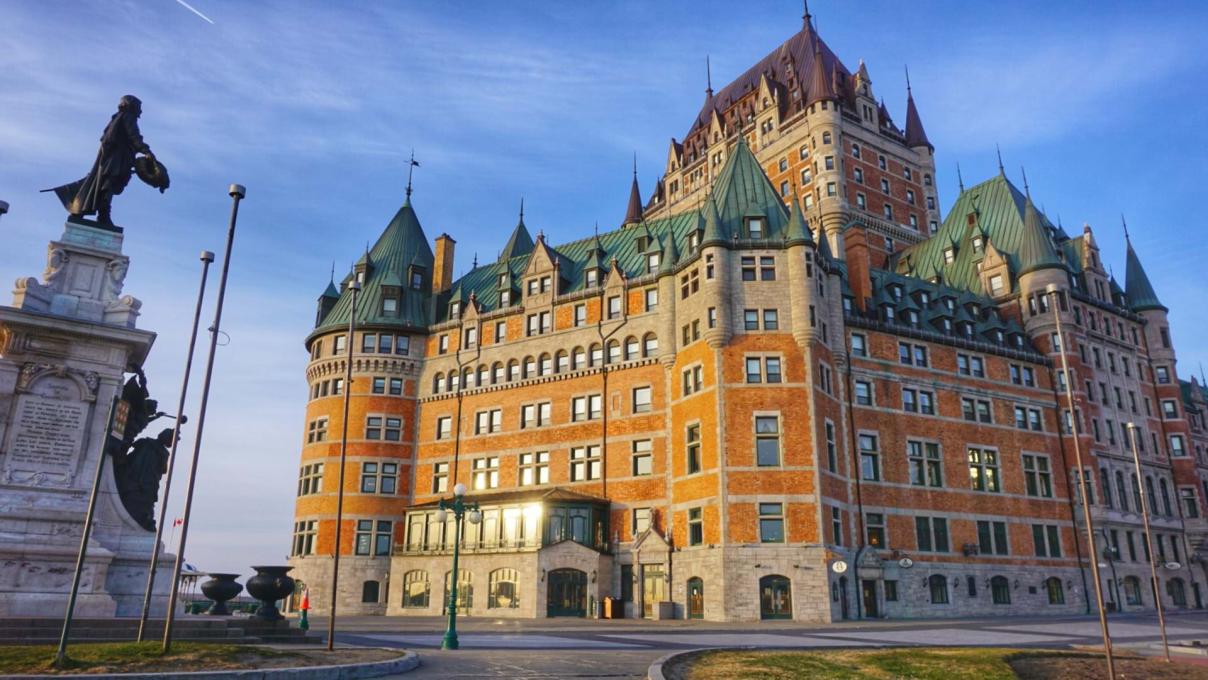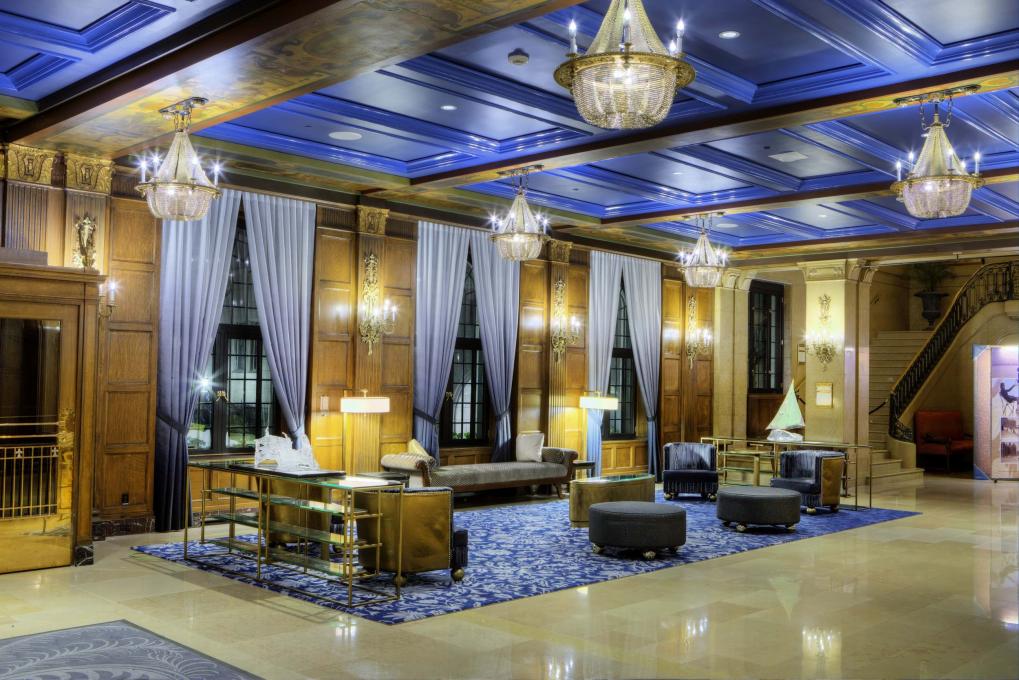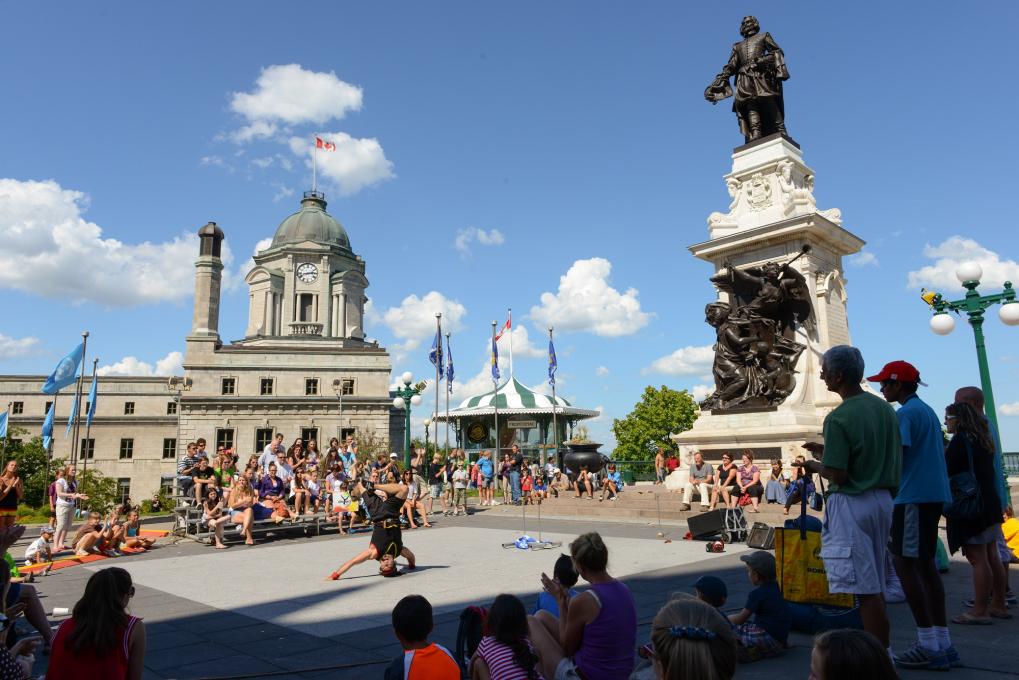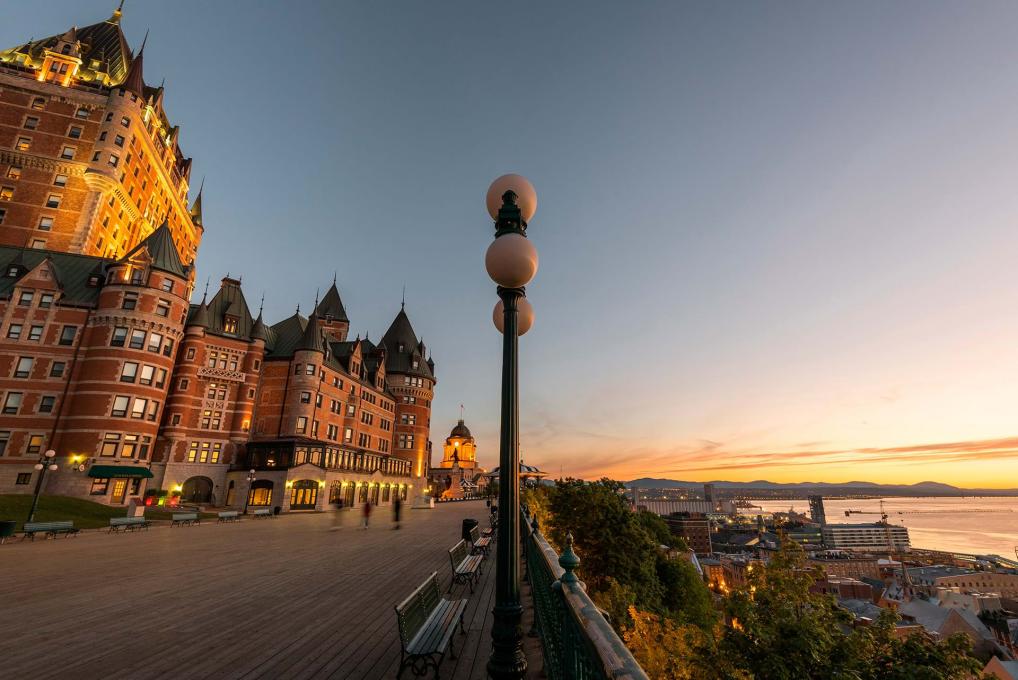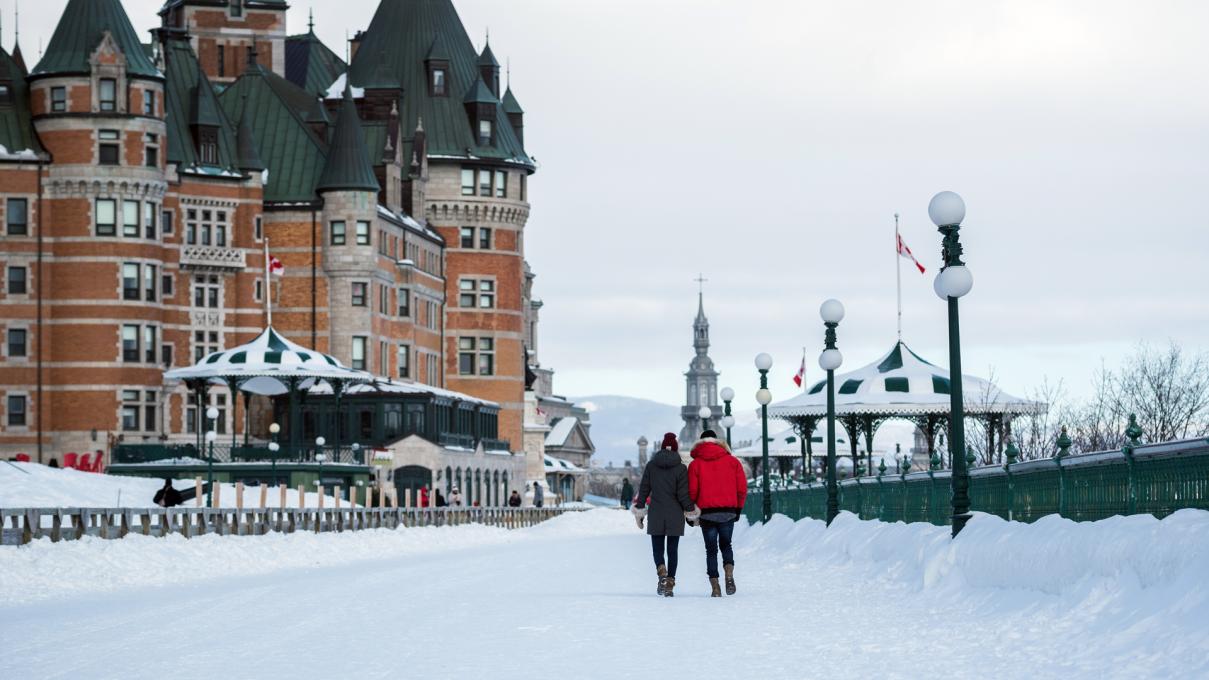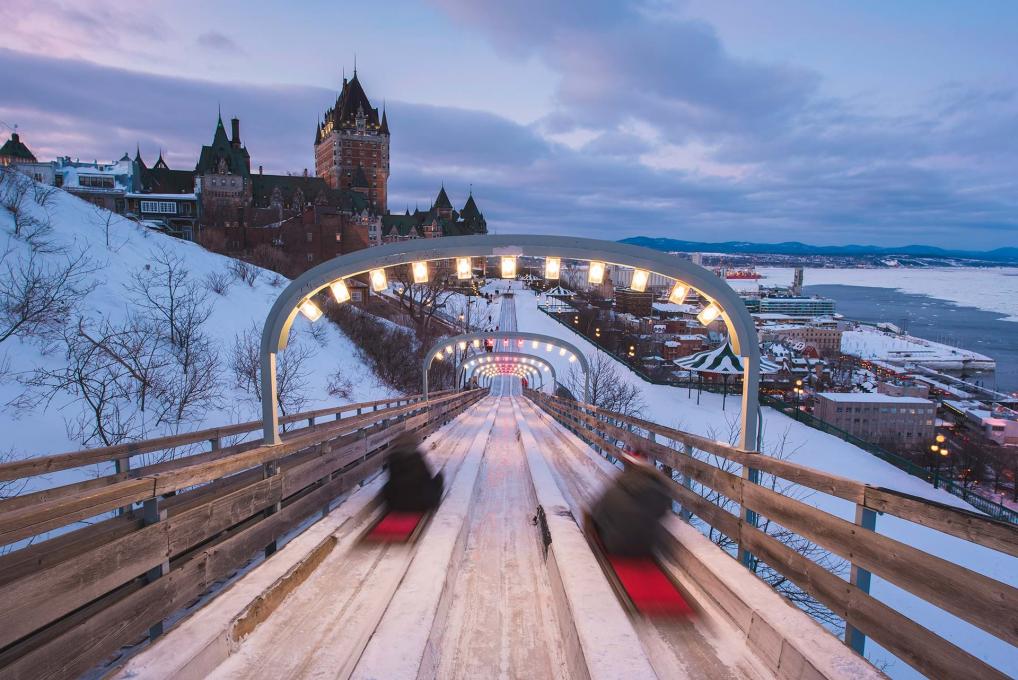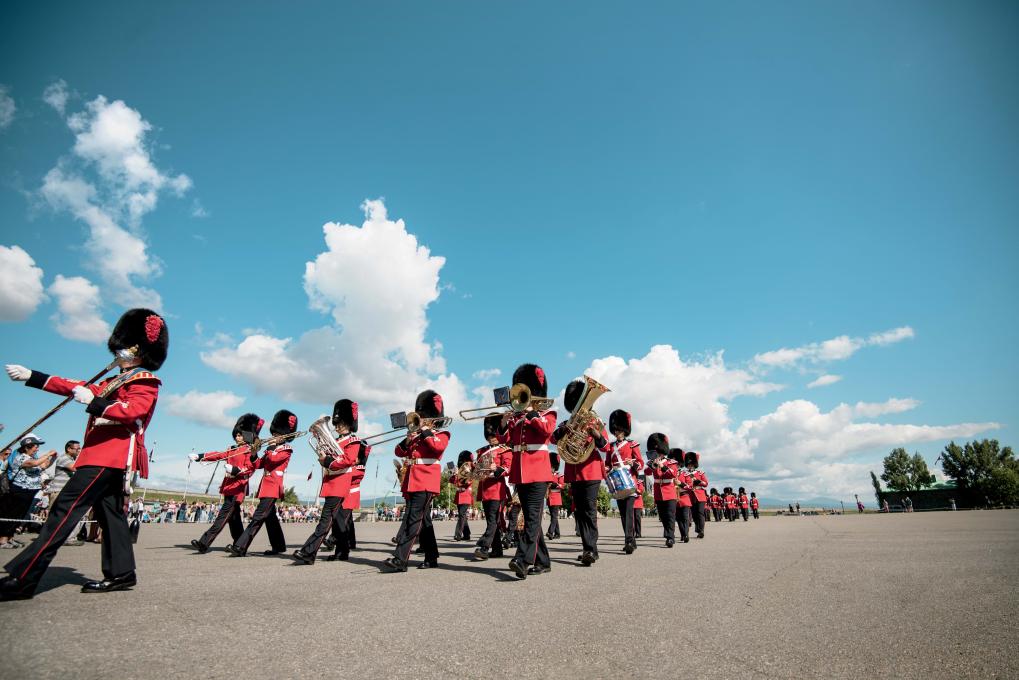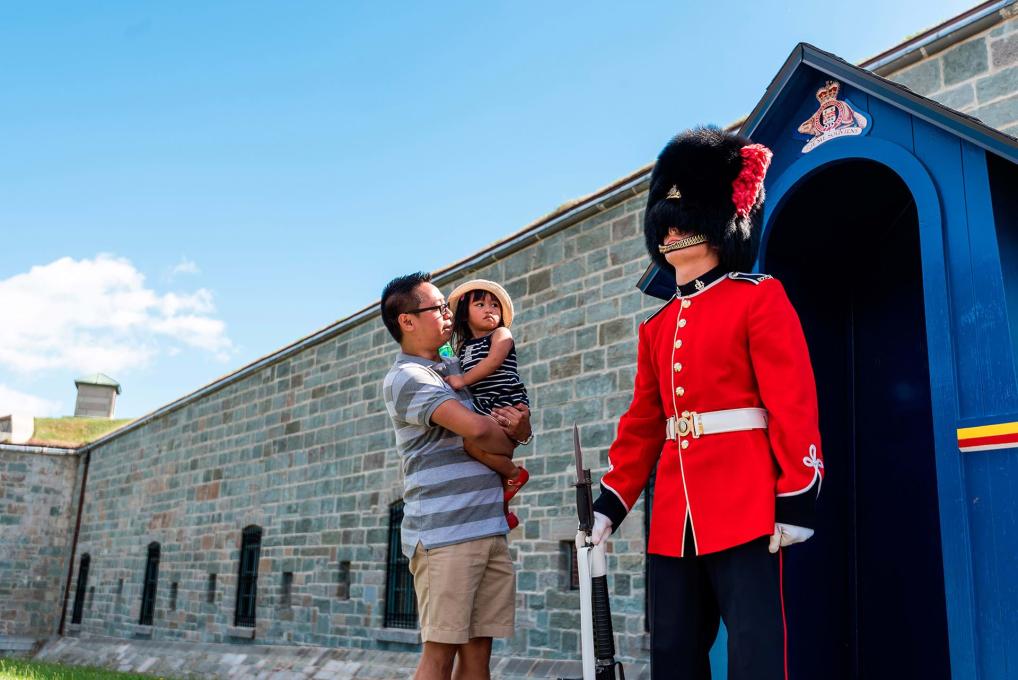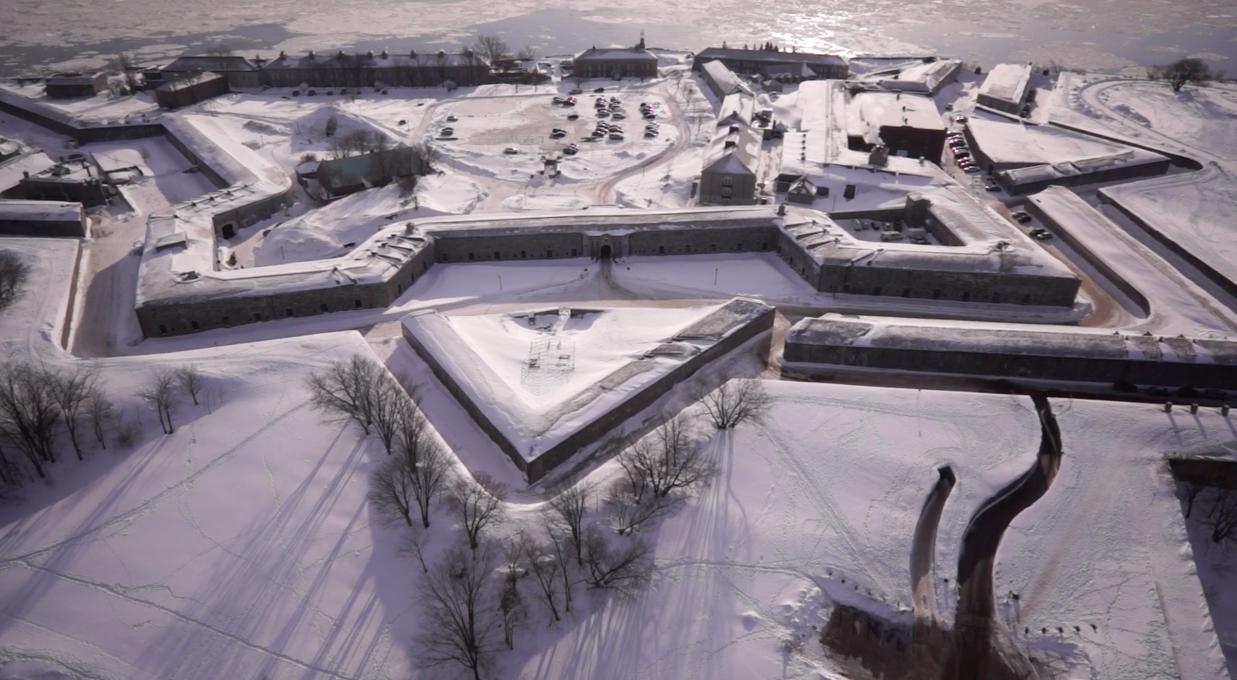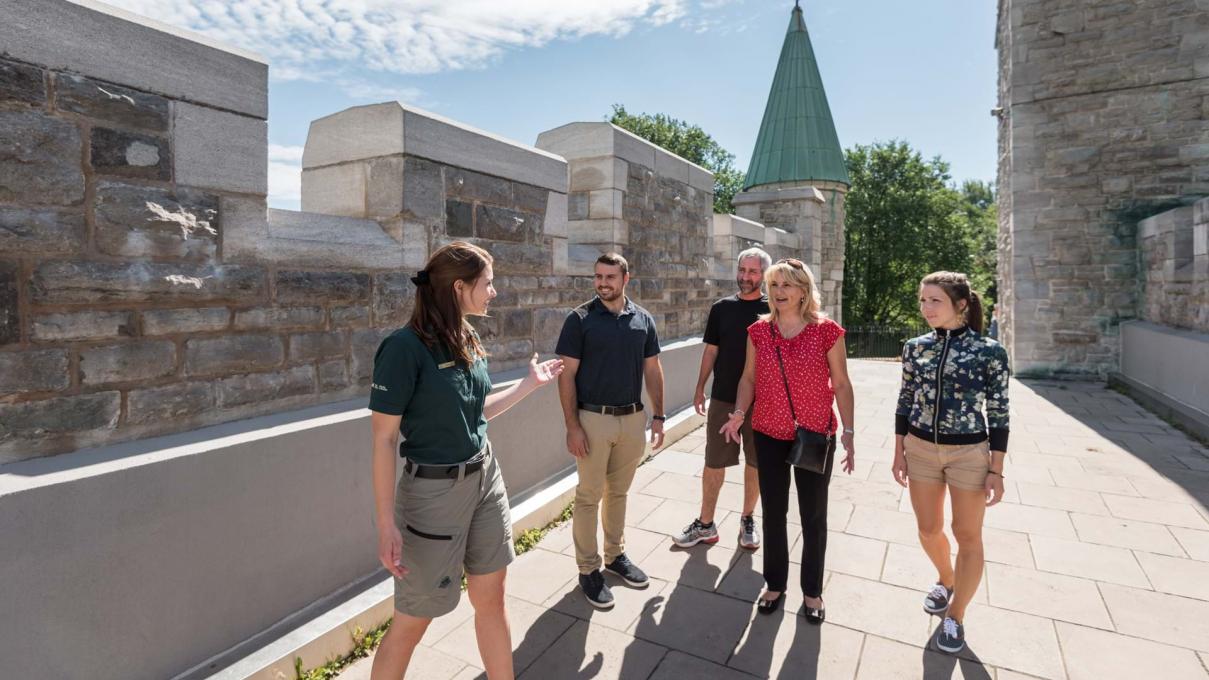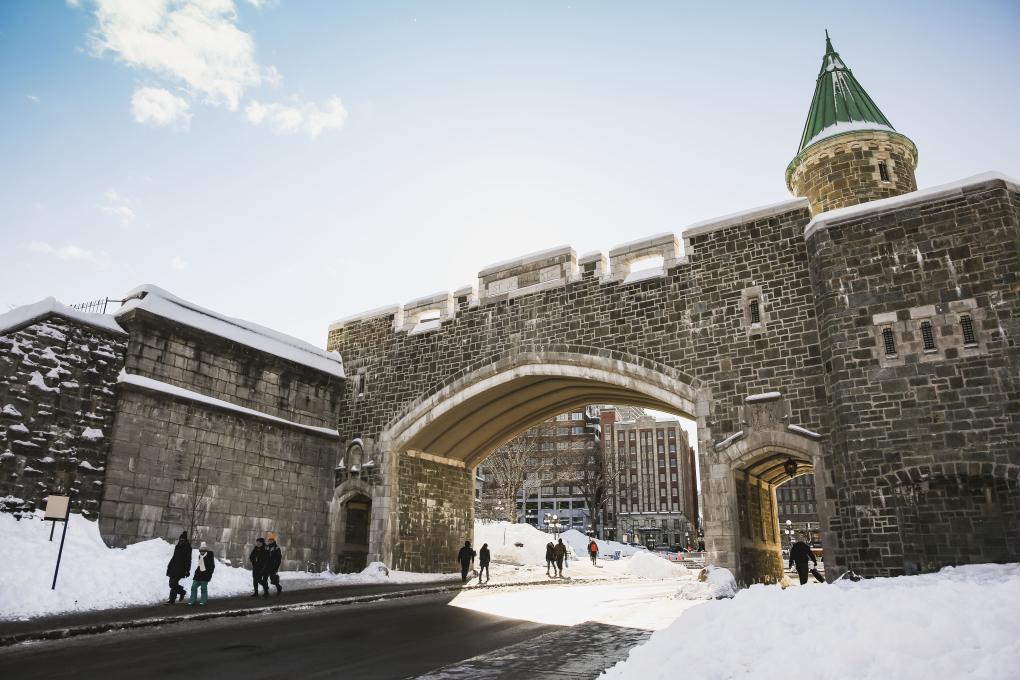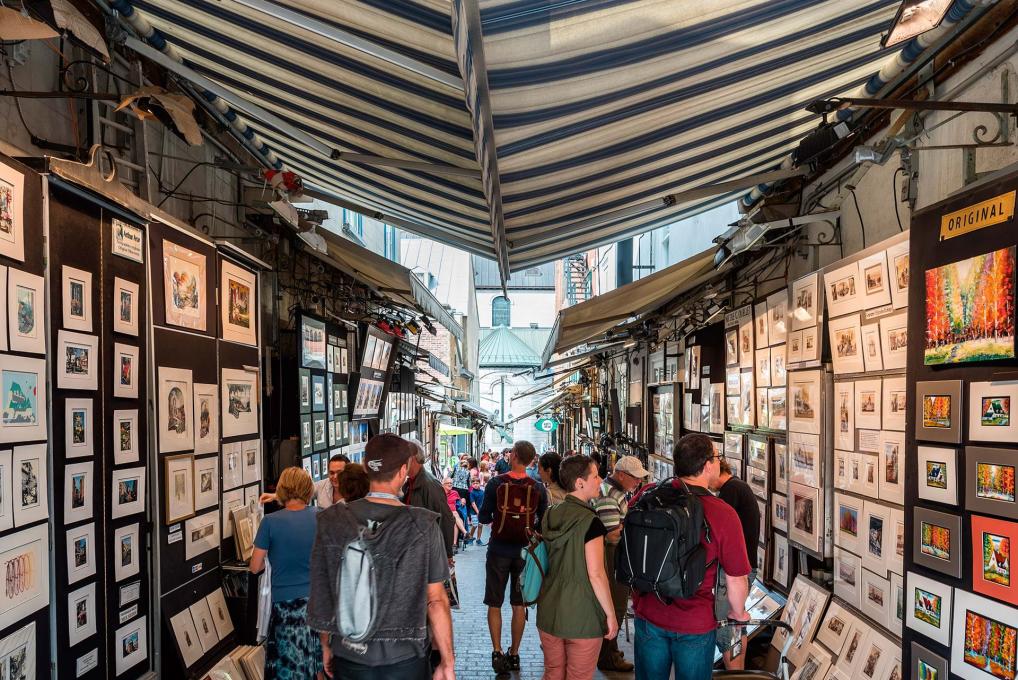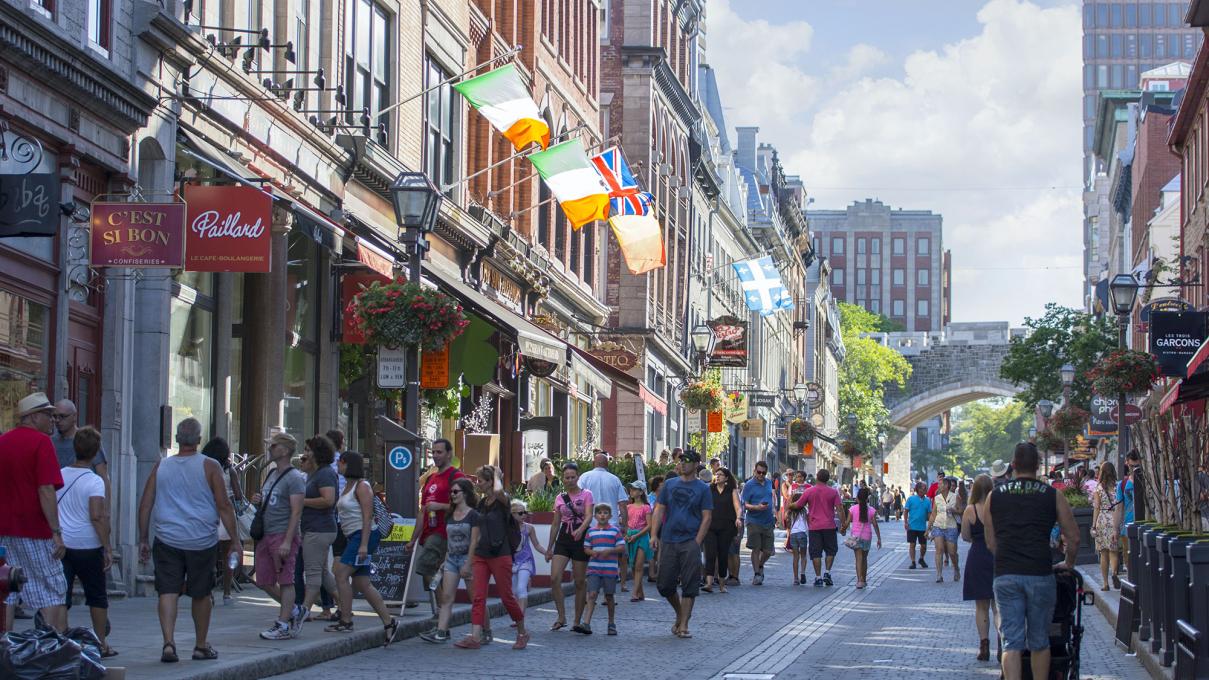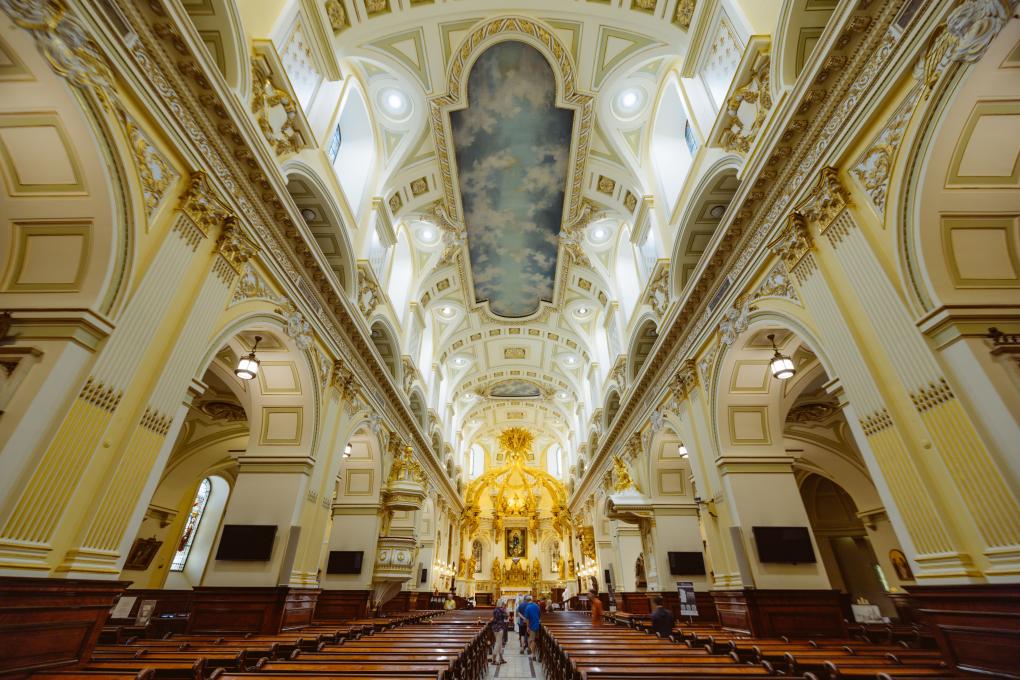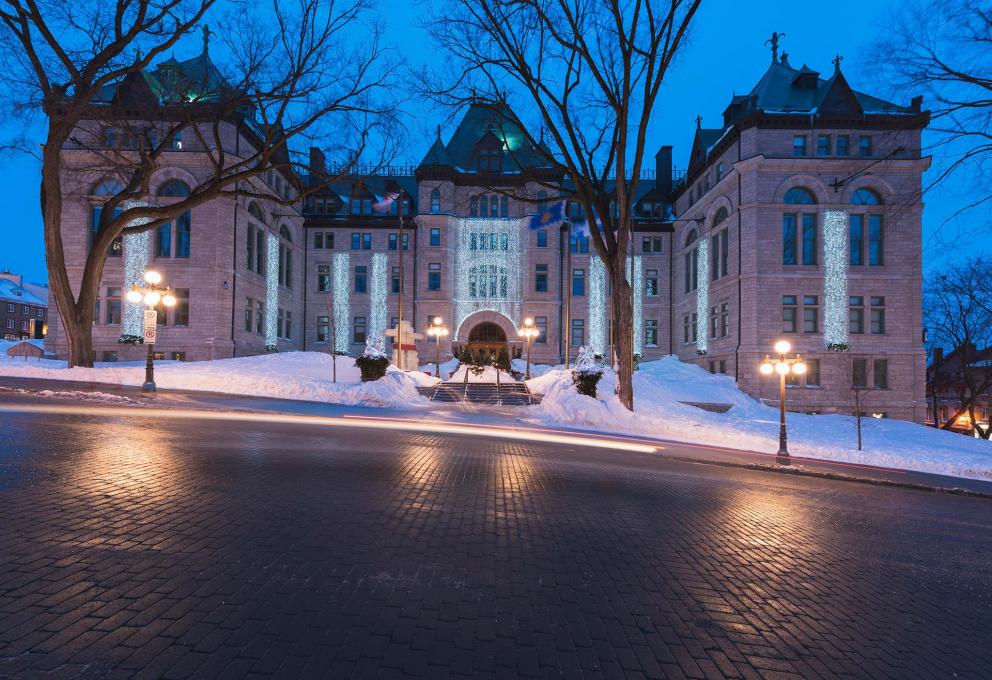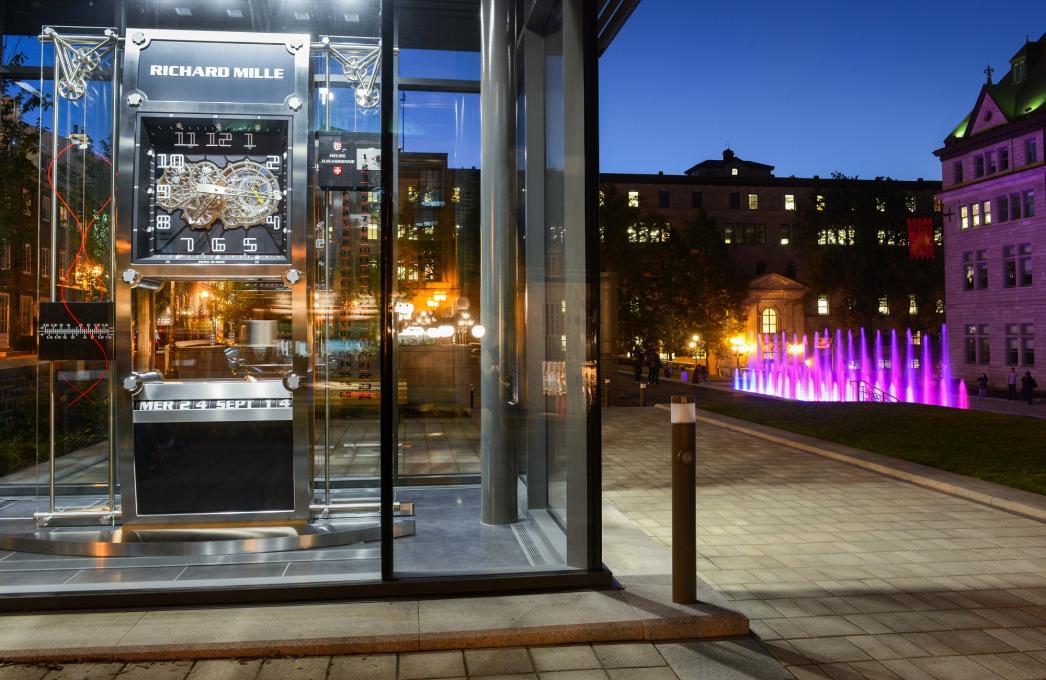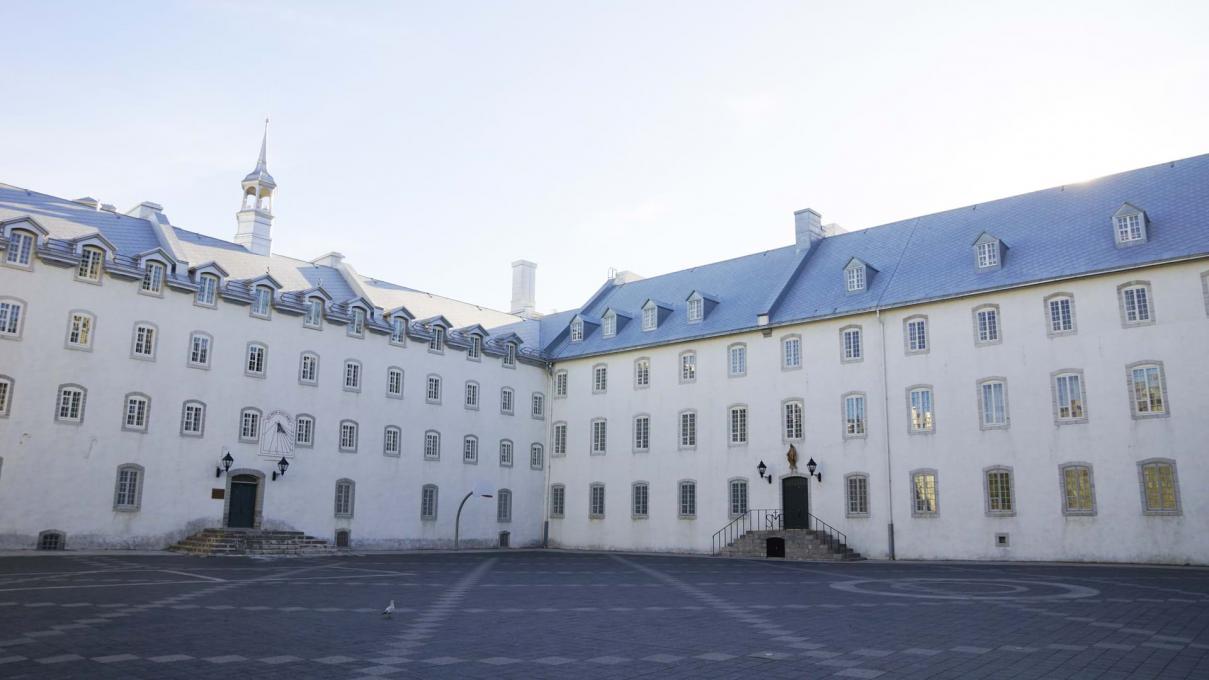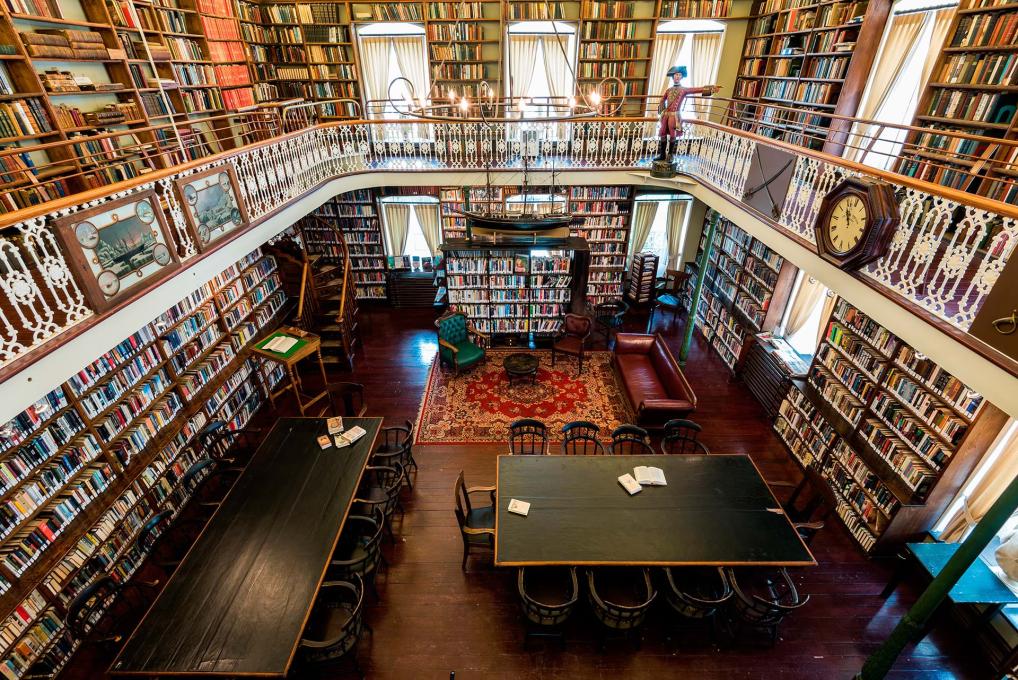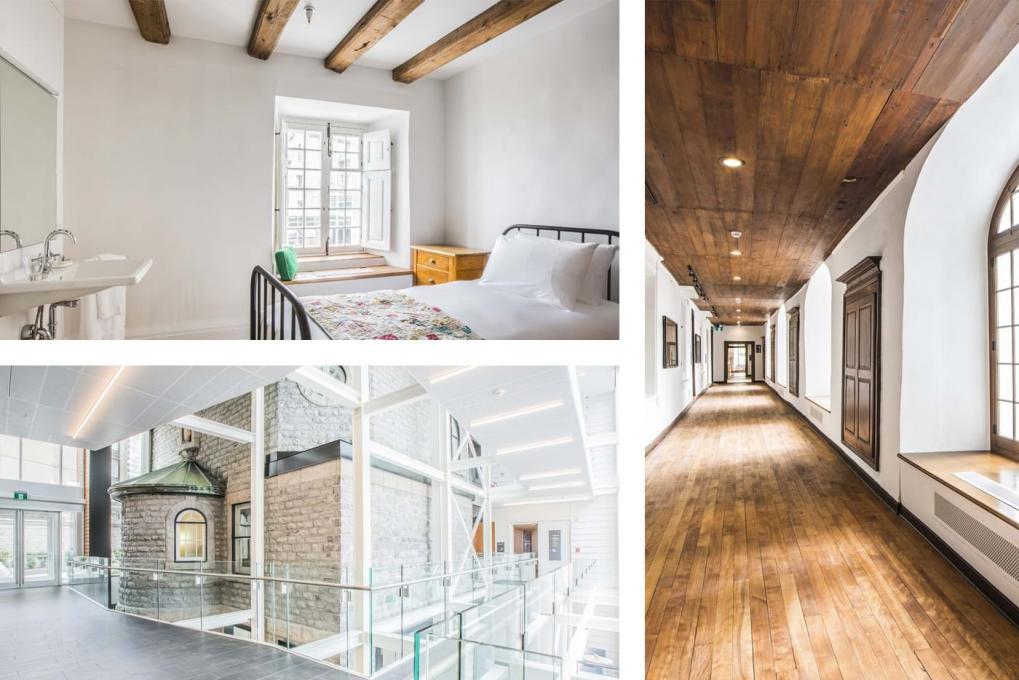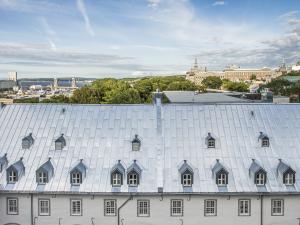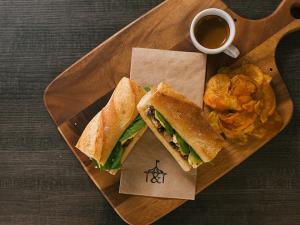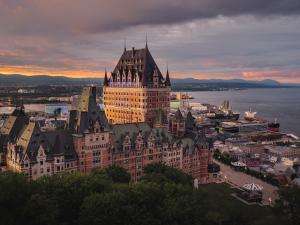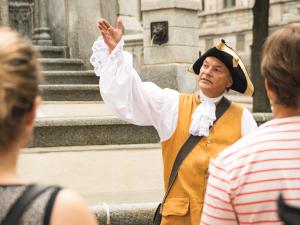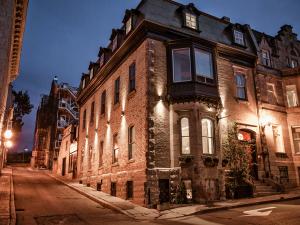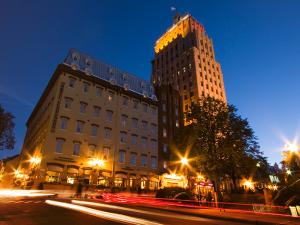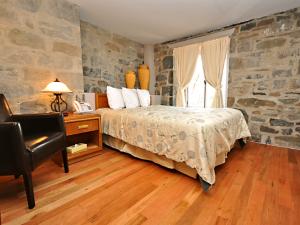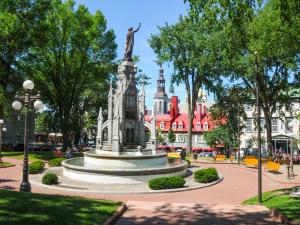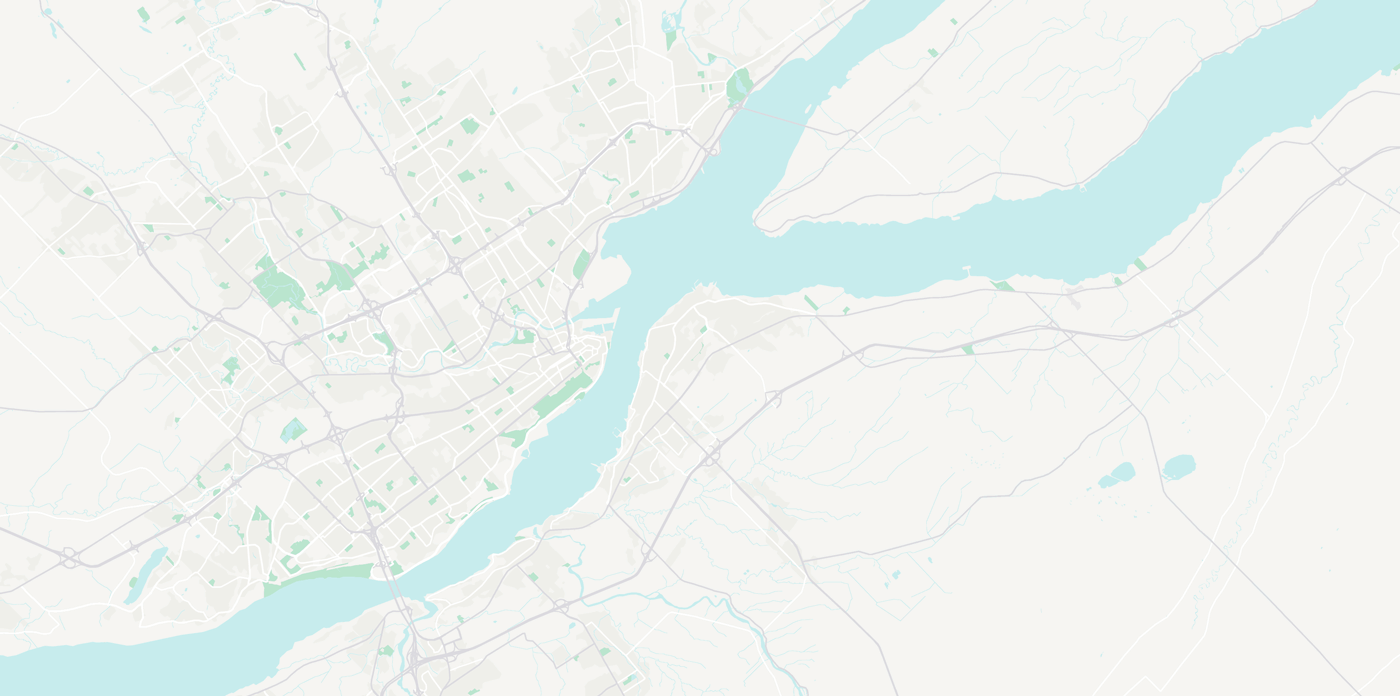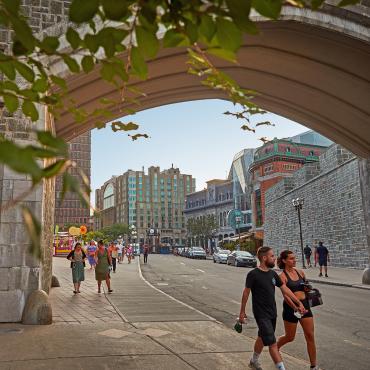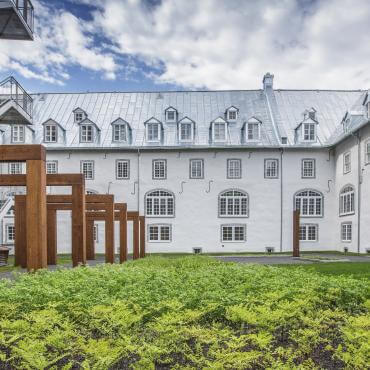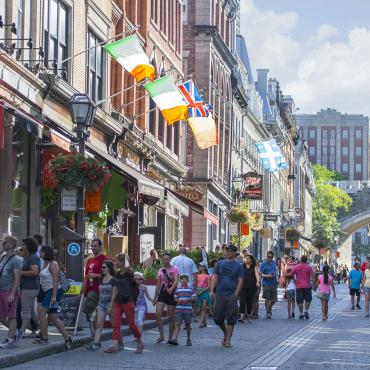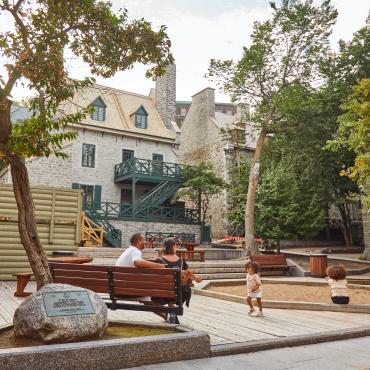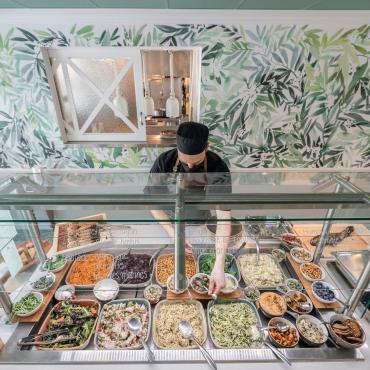Inside Québec City’s Walls
Old Québec
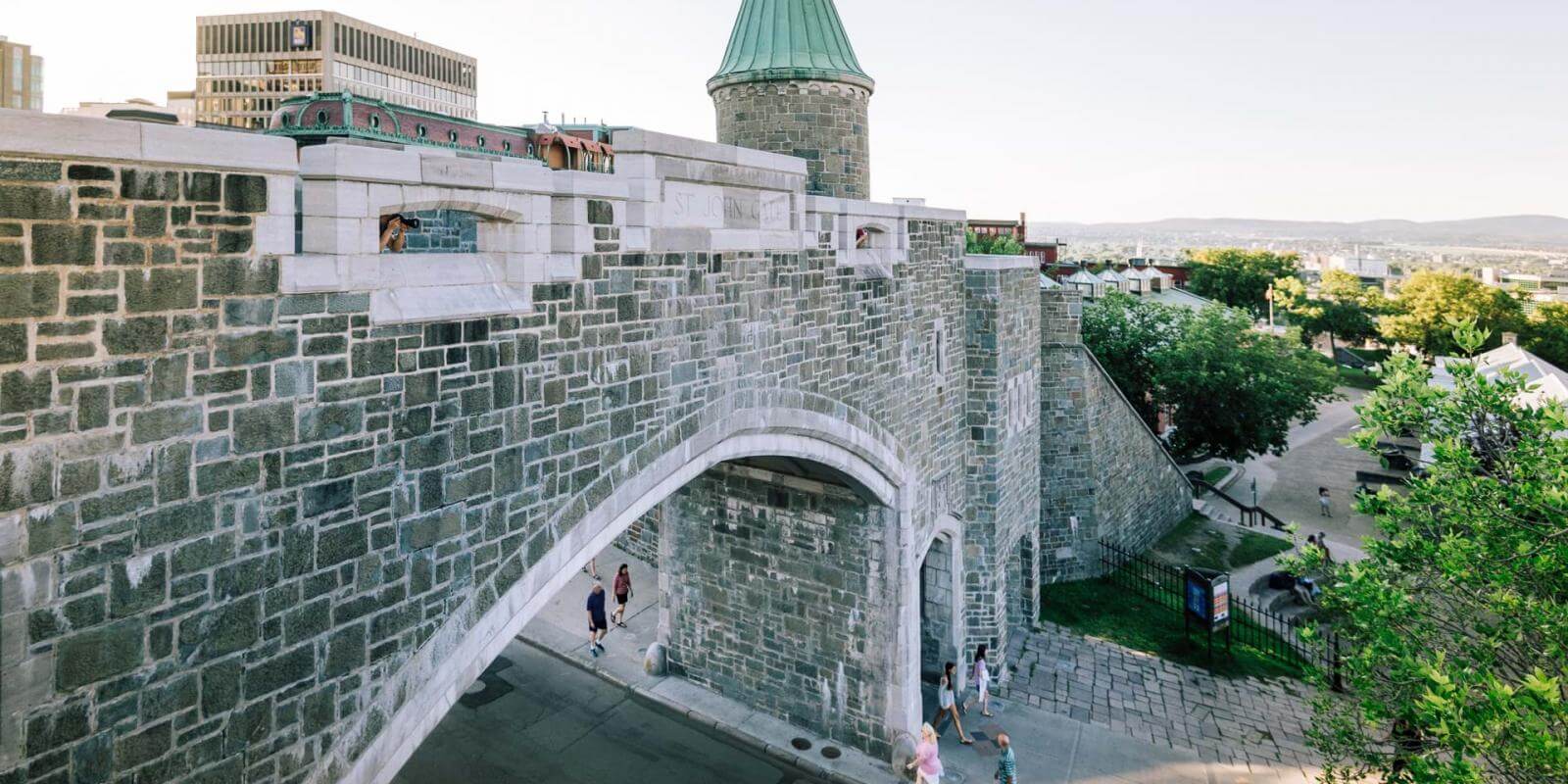
Step into a postcard picture setting. The narrow streets leading to Dufferin Terrace and Château Frontenac are oozing with charm and are well worth taking the time to explore. Rue Saint-Jean, rue Saint-Louis and rue Sainte-Anne are lined with restaurants and delightful boutiques. Here are the top things to see and do in Old Québec's fortified area.
Inside Québec City’s Walls Map

The only fortified city north of Mexico, one cannot visit Québec City without admiring the fortified walls and ramparts which were the city’s defensive system built between 1608 and 1871. Today, the fortifications of Québec consist of 4 gates, 3 Martello towers, the Citadelle, and 4.6 km of ramparts, complete with cannons, which encircle Old Québec’s upper town.
Château Frontenac
Perched atop the headland, this iconic symbol for over a century has stood overlooking the St. Lawrence River and Dufferin Terrace for over 100 years. Construction of the most photographed hotel in the world began in 1892. Learn more about the history of the hotel with a guided tour through the château’s halls and salons, discovering stories of famous guests, as well as some of the major historical events and conferences which have taken place.
Dufferin Terrace
Stretching from the foot of the Citadelle to Château Frontenac, Dufferin Terrace offers breathtaking views of Île d’Orléans, the St. Lawrence River, and Québec City’s Lower Town, making it a perfect spot for taking photos. The 425-metre long wooden boardwalk is a year-round popular gathering place where street entertainers are out in full force in the summer, to the delight of passersby.
The Toboggan Slide
 Francis Gagnon
Francis Gagnon
Riding the toboggan slide on Dufferin Terrace beside the Château Frontenac is a favourite local tradition. For over a century, adventure seekers have been getting their adrenaline rush as they fly downhill at speeds of up to 70 km an hour.
Going down the toboggan slide at Dufferin Terrace was one of my favorite moments from my Québec City trip! Zooming down the slide at speeds of 40 km/h was absolutely thrilling and I wanted to do it again and again. Plus, the views you get of the Château Frontenac and the waterfront are stunning!
- Caroline Ikeji, Pictures and Words, California
Citadelle de Québec
The Citadelle was erected between 1820 and 1850, and was the largest British fortress in North America at the time. A national historic site of Canada since 1980, it boasts a characteristic star shape, clearly distinguished from above. In summer, visit the Citadelle to watch the musicians of the Royal 22e Régiment, dressed in their red uniform and the traditional bear fur cap, offering a musical performance.
Fortifications de Québec National Historic Site
Comprised of the fortification walls and ramparts, Governor’s Garden, Montmorency Park, Dufferin Terrace, and the Governor’s walkways, the Fortifications de Québec National Historic Site is one of the most significant pieces of Québec City’s history. Walk through the gates and upon the ramparts, and take in the gorgeous views of Old Québec. Learn about the importance of the fortification walls and ramparts from Parks Canada experts, and discover family-friendly activities with or without a guide. This is, after all, the only complete fortified colonial city north of Mexico!
Rue du Trésor
 Jeff Frenette Photography
Jeff Frenette Photography
Also known as the Artists Street, Rue du Trésor doubles as an outdoor art gallery. Nestled between Château Frontenac and Notre-Dame de Québec Basilica-Cathedral, it attracts a host of artists who display their work on the walls lining the narrow street.
Rue Saint-Jean
 Guy Lessard
Guy Lessard
From Place D'Youville, head up the street with a perfect blend of culture, religious heritage, and fine food. A stroll along rue Saint-Jean is a must for anyone visiting Québec City. Starting from centrally located Place D’Youville, a string of boutiques, restaurants, churches, and historic buildings create a unique and eclectic ambiance. And when the street is closed to traffic on weekends in summer, pedestrians take over and a festive atmosphere reigns.
The Magical Skating Rink
 Simon Clark
Simon Clark
The ice rink at Place D'Youville is the perfect place to experience Québec City's winter. From mid-November to mid-March, put on skates and enjoy its magical atmosphere. Strap on a pair of skates and soak in the views of the fortification walls and ramparts, as well as the festive decorations at Le Capitole, and Québec City’s stunning new performing arts centre, Le Diamant.
Notre-Dame de Québec Basilica-Cathedral
 Notre-Dame de Québec Basilica-Cathedral, Étienne Dionne
Notre-Dame de Québec Basilica-Cathedral, Étienne Dionne
The oldest Catholic parish north of Mexico, and a National Historic Site of Canada, Notre-Dame de Québec Basilica-Cathedral is also home to the only Holy Door outside Europe. Originally built in 1647, the cathedral was the first church in Canada to become a minor basilica, and acts as the final resting place of 4 governors of New France, as well as Bishop François de Laval.
Holy Trinity

The first Anglican cathedral built outside the British Isles, the Cathedral of the Holy Trinity stands in the heart of Old Québec, close to Château Frontenac. Known for its fine stained glass windows, religious artefacts, and exceptional chamber organ, the cathedral holds concerts throughout the year. Explore the cathedral on your own or take a tour with a local historian eager to share his intimate knowledge of the church’s history and hidden secrets.
Québec City Hall
The City Hall was built here on the former site of a Jesuit college and opened its doors in 1896. The building, a national historic site of Canada, is where city council meets. The grounds and public square beside City Hall house the Jura Clock, a gift from its namesake Swiss canton on the occasion of the city’s 400th anniversary, and are also a popular gathering place and venue for various events throughout the year. In summer, you can watch the performances of the public entertainers while the charming wooden kiosks of the German Christmas Market settle there from late November to end of December.
Séminaire de Québec
 Guy Lessard
Guy Lessard
Founded in 1663, the Oldest Educational Institution in Canada is a true hidden treasure. The buildings housing the school were designated a national historic site of Canada in 1929. They are arranged around a central courtyard that visitors can access through a gate a few steps away from rue Saint-Jean. Much of the Séminaire de Québec is invisible from the street and it is well worth spending some time admiring it.
Morrin Centre
 Morrin Centre, Jeff Frenette Photography
Morrin Centre, Jeff Frenette Photography
The site of Québec City’s first prison, and the last public hanging in Québec, the Morrin Centre was also home to a medical college. Today, the Morrin Centre is home to the Literary and Historical Society of Quebec, as well as a lovely Victorian library. Visit the library and relax, or take a guided tour with guides in period costumes and discover the jail, college, and library.
Monastère des Augustines
 Monastère des Augustines
Monastère des Augustines
Established by the Augustine Sisters in 1639, Monastère des Augustines was the first hospital established in the North American continent, north of Mexico. The cornerstone on which Québec’s healthcare system was established. Today, Monastère des Augustines is an award-winning health and wellness retreat with an onsite museum featuring 1000 items from the monastery’s collection of 40,000 artefacts. Learn about the extraordinary sisters and their dedication to the people of Québec, tour the monastery, and if you’re feeling a little peckish, enjoy a healthy gourmet lunch or dinner in their restaurant.
